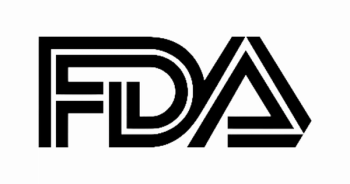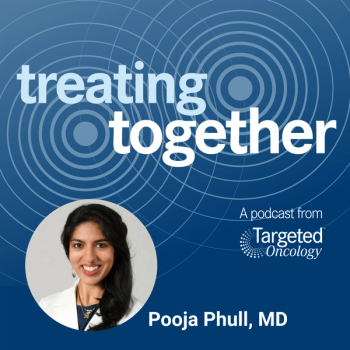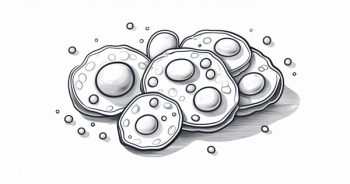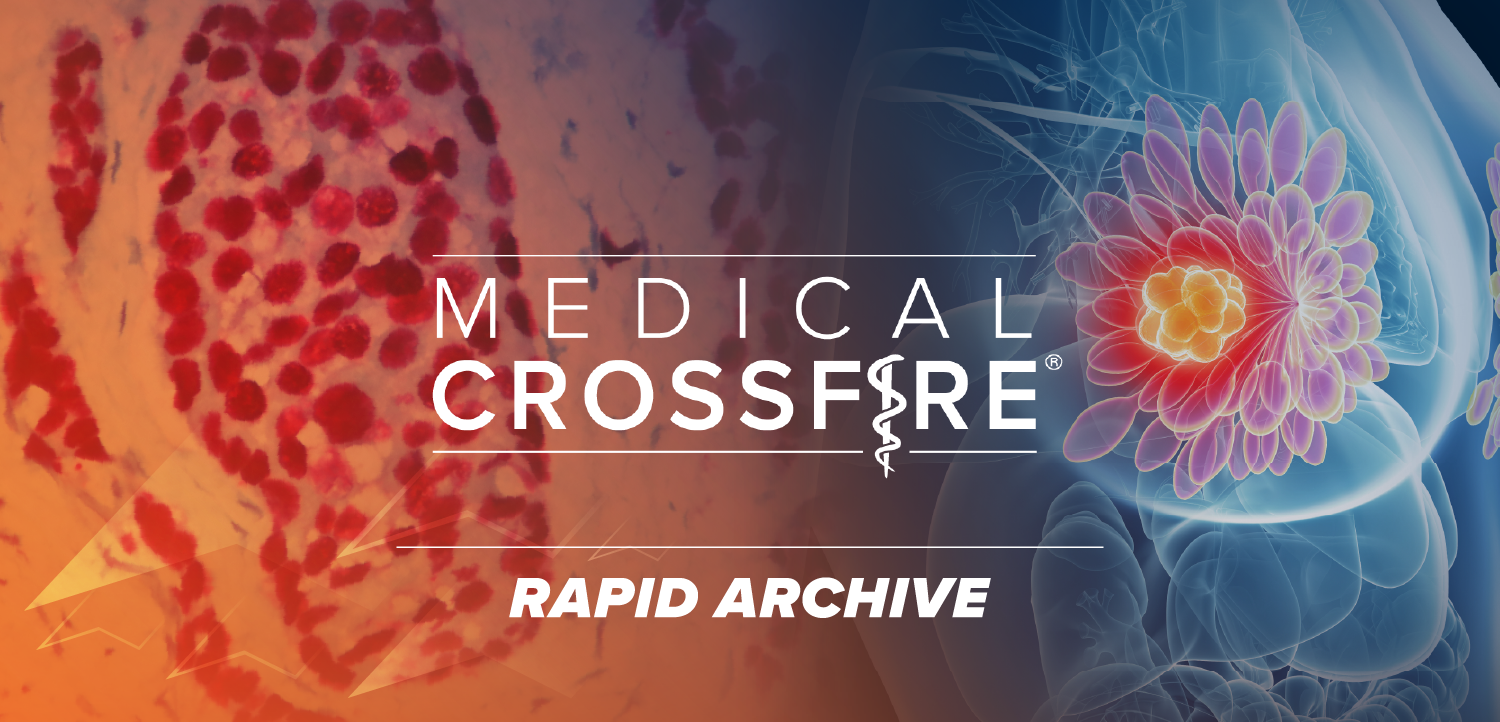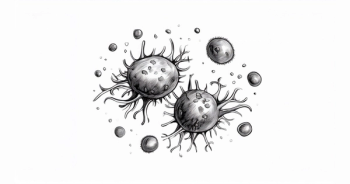
BCMA-Directed CAR T-Cell Therapy: Next Steps in Research
Nikhil C. Munshi, MD:The thing that we may have to keep in mind is that there are challenges with CAR [chimeric antigen receptor] T cells. We have 3 CAR T-cell products: JNJ-4528, bb2121, and there’s another that is a little less developed. But they’re available. They all share very similar properties, as you described. They have very high response rates, very manageable toxicities, and there is not a very significant difference in how patients behave afterward. We still have to see the relative percentage of responses, etceterawhether it is 100% or 90%—but they all have high response rates. The question ends up being, what are our challenges with current CAR T-cell therapies? You very rightly pointed out that right now, we just give it 1 time and then do nothing.
Parameswaran Hari, MD, MRCP:Exactly.
Nikhil C. Munshi, MD:Your patients would have the same opinion. They feel fantastic. If they get 1 treatment, they go into remission, and then we do nothing for whatever period of time their remission remains. So that is good, but the challenge for us is that they do relapse.
Parameswaran Hari, MD, MRCP:Exactly.
Nikhil C. Munshi, MD:And so now we have to think about how we can go to the next stage.
Parameswaran Hari, MD, MRCP:And prevent that relapse.
Nikhil C. Munshi, MD:Yeah. So what would be the possibilities, drug-wise or otherwise?
Parameswaran Hari, MD, MRCP:I always think about this because many, many years ago, before Revlimid [lenalidomide] maintenance or other maintenance was standard in myeloma, we used to do an autotransplant and tell patients, “Now you don’t need anything.” And that’s the best thing about doing an autotransplant. But then we found out that wasn’t the case, and we actually needed to do maintenance afterwards. So I think that’s the kind of thing that’s going to happen to CAR T cells, too, because patients do relapse.
And eventually, as we find the number of relapses going up, you might have to do something to potentiate the CAR T cells. This could be a second infusion of CAR T cells, sequencing with another BCMA [B-cell maturation antigen]targeted drug, or using BCMA. As you very well know, this is shed from the surface of the B cells and gamma secretase inhibitor, which is an enzyme that sheds the B cells. You inhibit that enzyme, you can keep B cells, or BCMA, on the surface of the B cells and plasma cells. So there are technologies coming to maintain the response. Also, the other issue is to keep the persistence of a small amount of CAR T cells in the body so that they can proliferate and respond to emerging clones.
Nikhil C. Munshi, MD:So as we develop the newer CAR T-cell products, 1 question before that would be, do we need to compare the current results with any of the existing treatments? Or do you foresee CAR T-cell utilization compared to POM/DEX [pomalidomide and dexamethasone] or CAR T-cell utilization with VRd [bortezomib/lenalidomide/dexamethasone] or with transplant? I think some of the comparisons are going to be important.
Parameswaran Hari, MD, MRCP:Absolutely.
Nikhil C. Munshi, MD:For approval purposes but also to confirm and tell the world, or the myeloma community, that yes, this is better than X versus Y.
Parameswaran Hari, MD, MRCP:Right. And interestingly, a cellular therapy that’s only available in certain centers and is not widely applicable or not off-the-shelf. There is an inherent barrier to getting this. It is associated with cost issues, travel issues, and all these other supportive care issues, patients’ performance status; and all these create a big barrier for some patients to climb. And again, it’s an education issue. Patients may not be aware of this strategy, and physicians may not be aware of this. As widely as physicians who are doing this, I think that is one of the big barriers.
I think your analogy is perfect. A drug like pomalidomide or bortezomib is easily available. Toxicity can be learned early. Whereas with this, it’s a specialized expertise, with a team of people working together. A lot of logisticscollecting cells, shipping them out, bringing them back in, patients getting bridging treatment until the cells are infused. All these remain significant barriers. Don’t you agree?
Nikhil C. Munshi, MD:I totally agree. They are fixable barriers. They are not barriers that are going to cause significant problems, but I think we do have to deal with those issues from the spectrum you mentioned.
Transcript edited for clarity.


